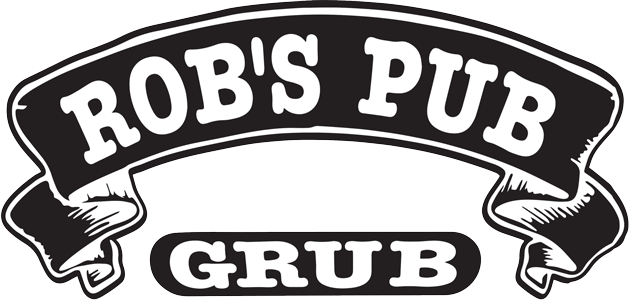Understanding Brut Champagne
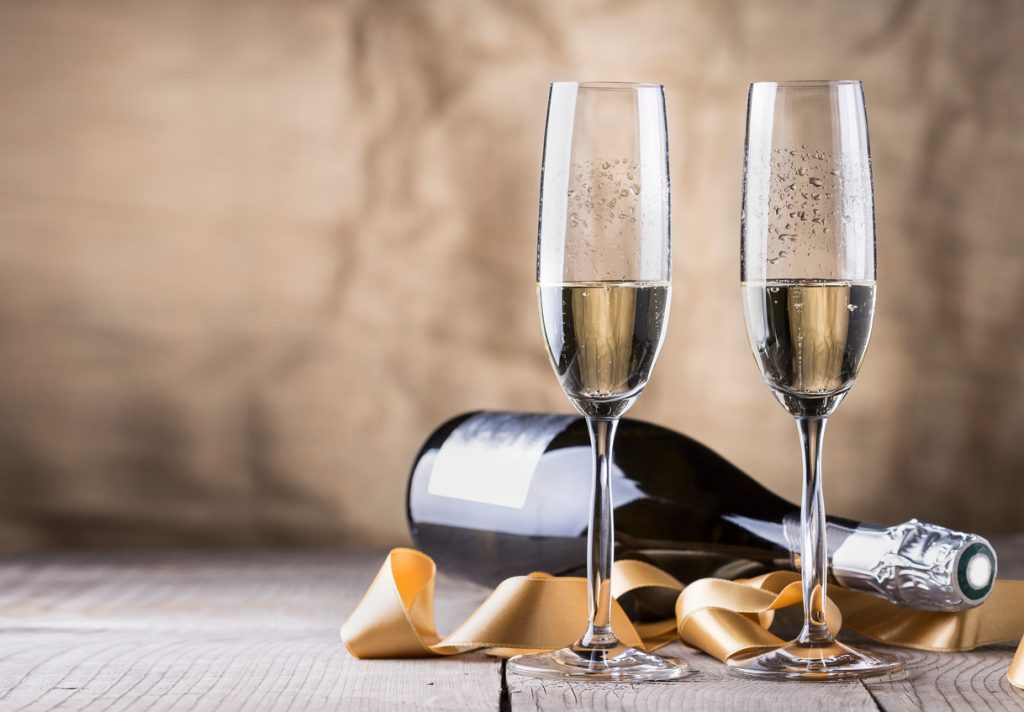
Brut Champagne is a popular style known for its dryness and crispness. It is characterized by its minimal residual sugar content, typically less than 12 grams per liter. This results in a refreshing and clean taste profile, with zesty acidity and bright fruit flavors. Brut Champagne is versatile and pairs well with a variety of dishes, making it a great choice for any occasion. Its wide availability and range of price points also make it accessible for wine enthusiasts of all budgets. Whether enjoyed on its own or paired with food, Brut Champagne is a classic choice for celebrations and special moments.
Overview Of Brut Champagne
Brut Champagne is a popular style known for its dryness and crispness. It is characterized by its minimal residual sugar content, typically less than 12 grams per liter. This results in a refreshing and clean taste profile, with zesty acidity and bright fruit flavors. Brut Champagne is versatile and pairs well with a variety of dishes, making it a great choice for any occasion. Its wide availability and range of price points also make it accessible for wine enthusiasts of all budgets. Whether enjoyed on its own or paired with food, Brut Champagne is a classic choice for celebrations and special moments.
Brut Champagne Taste Profile
Brut Champagne is known for its distinct taste profile. It offers a dry and crisp flavor with zesty acidity and a refreshing mouthfeel. The minimal residual sugar content, usually less than 12 grams per liter, enhances the bright fruit flavors and adds to its clean finish. It is characterized by the presence of citrus and green apple notes, along with hints of white flowers and toasted bread. The balanced acidity and the fine bubbles contribute to the overall elegance and complexity of Brut Champagne. Its versatility allows it to be enjoyed on its own or paired with a variety of dishes.
Exploring Extra Dry Champagne
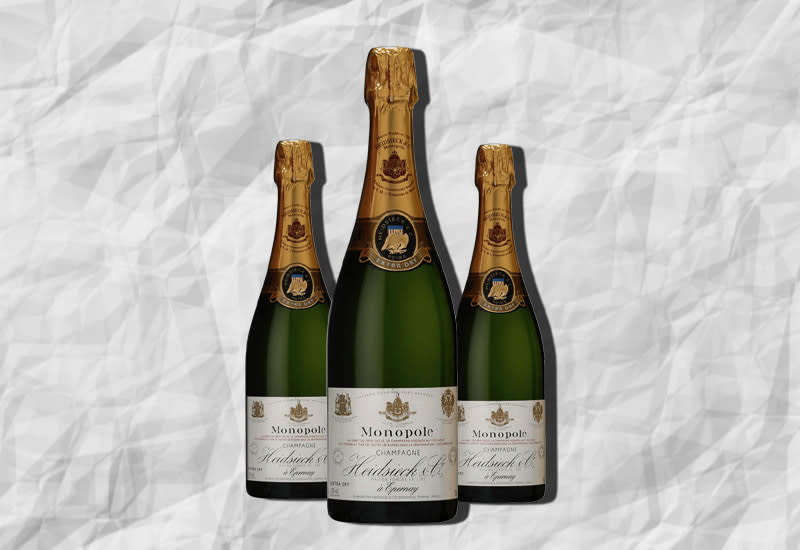
Exploring Extra Dry Champagne: Extra Dry Champagne is a style that offers a delightful balance between dryness and sweetness. While it may sound contradictory, Extra Dry Champagne actually has a higher level of residual sugar compared to Brut Champagne. With a sugar content ranging from 12 to 17 grams per liter, it provides a touch of sweetness that enhances the fruit flavors and adds roundness to the wine. The acidity is still present, but it is not as zesty as in Brut Champagne. Extra Dry Champagne pairs well with a wide range of dishes, from seafood to creamy cheeses.
Introduction To Extra Dry Champagne
Extra Dry Champagne is a style that offers a delightful balance between dryness and sweetness. With a sugar content ranging from 12 to 17 grams per liter, Extra Dry Champagne provides a touch of sweetness that enhances the fruit flavors and adds roundness to the wine. While it may sound contradictory, Extra Dry Champagne actually has a higher level of residual sugar compared to Brut Champagne. The acidity is still present, but it is not as zesty as in Brut Champagne. Extra Dry Champagne pairs well with a wide range of dishes, from seafood to creamy cheeses.
Extra Dry Champagne Sweetness Level
Extra Dry Champagne falls between the sweetness levels of Brut and Sec Champagne. While it may sound contradictory, Extra Dry Champagne actually has a higher level of residual sugar compared to Brut Champagne. With a sugar content ranging from 12 to 17 grams per liter, Extra Dry Champagne provides a touch of sweetness that enhances the fruit flavors and adds roundness to the wine. The acidity is still present, but it is not as zesty as in Brut Champagne. This balance of sweetness and acidity makes Extra Dry Champagne a versatile option for pairing with a variety of dishes.
Key Differences Between Brut And Extra Dry
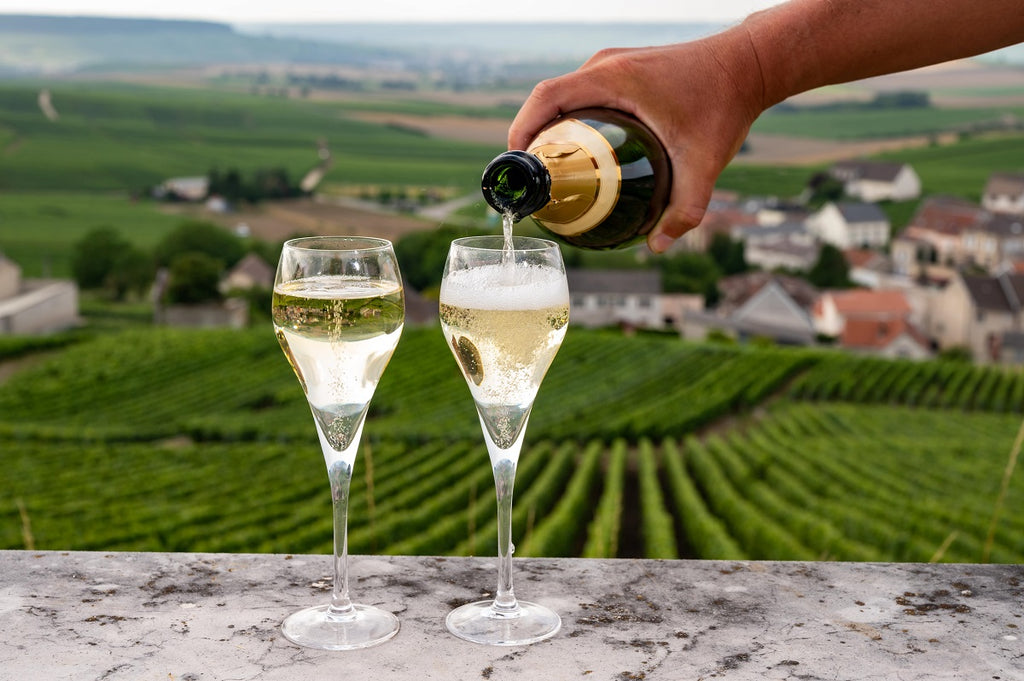
Brut and Extra Dry are two Champagne styles that differ primarily in their sweetness levels. Brut Champagne is known for its dryness, with a sugar content typically ranging from 0 to 12 grams per liter. On the other hand, Extra Dry Champagne has a higher level of residual sugar, ranging from 12 to 17 grams per liter. This additional sugar adds a touch of sweetness and roundness to the wine. While both styles offer great versatility, the preference for a drier or sweeter Champagne experience will determine which style is best suited for you.
Brut Vs. Extra Dry: Sugar Content And Flavor Profiles
When comparing the sugar content and flavor profiles of Brut and Extra Dry Champagnes, there are distinct differences. Brut Champagne typically has a sugar content ranging from 0 to 12 grams per liter, while Extra Dry Champagne falls between 12 to 17 grams per liter. This additional sugar in Extra Dry Champagne results in a slightly sweeter taste compared to Brut. While both styles are known for their crispness and elegance, Brut has a drier profile with more pronounced acidity, while Extra Dry offers a touch of sweetness and a rounder mouthfeel.
Brut Vs. Extra Dry: Ideal Food Pairings
When it comes to food pairings, both Brut and Extra Dry Champagnes offer a wide range of options. The crisp and dry profile of Brut Champagne makes it a perfect match for oysters, sushi, and other seafood dishes. Its high acidity cuts through rich and fatty foods like foie gras or fried chicken. On the other hand, the slightly sweeter profile of Extra Dry Champagne pairs beautifully with desserts like fruit tarts or lemon meringue pie. It also complements creamy cheeses and can be enjoyed with spicy dishes. So whether you’re planning a seafood feast or a dessert spread, both Brut and Extra Dry Champagnes have you covered.
Popular Brands Offering Brut Champagne
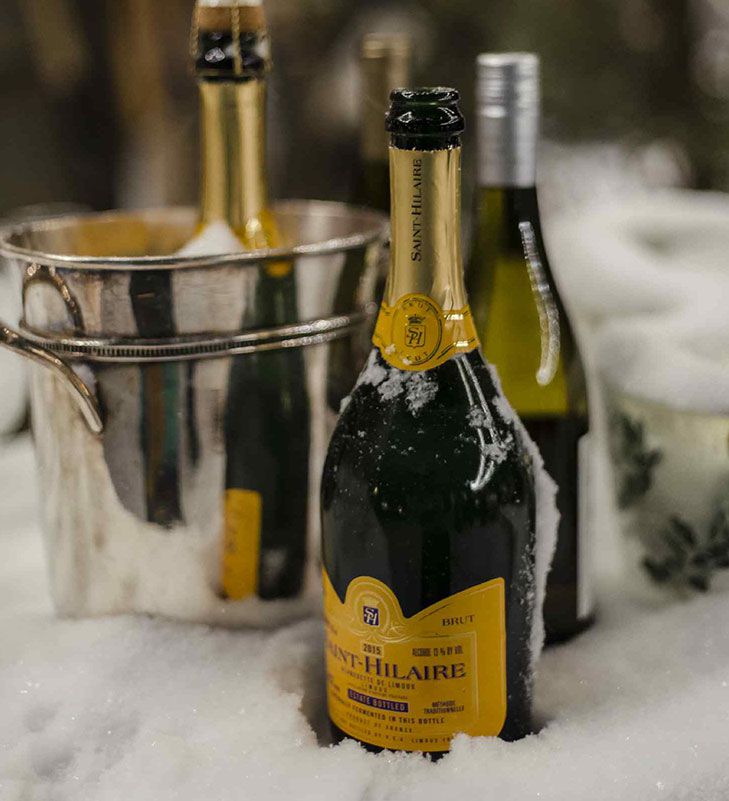
Some popular brands that offer Brut Champagne include Moët & Chandon, Veuve Clicquot, Dom Pérignon, Krug, and Bollinger. Moët & Chandon is known for its consistent and high-quality Brut Champagne, while Veuve Clicquot offers a well-balanced and elegant Brut. Dom Pérignon produces luxurious and prestigious Brut Champagnes that are highly sought after. Krug is known for its rich and complex Brut Champagne, while Bollinger offers a robust and full-bodied Brut. These brands have a reputation for producing exceptional Brut Champagnes that are perfect for any celebratory occasion.
Notable Brut Champagne Brands
Some notable Brut Champagne brands include Moët & Chandon, Veuve Clicquot, Dom Pérignon, Krug, and Bollinger. Moët & Chandon is renowned for its consistent and high-quality Brut Champagne, while Veuve Clicquot offers a well-balanced and elegant Brut. Dom Pérignon produces luxurious and prestigious Brut Champagnes that are highly sought after. Krug is known for its rich and complex Brut Champagne, while Bollinger offers a robust and full-bodied Brut. These brands have a reputation for producing exceptional Brut Champagnes that are perfect for any celebratory occasion. Additionally, other notable brands like Laurent-Perrier, Taittinger, and Piper-Heidsieck also offer excellent Brut options.
Brut Champagne Price Range
The price range for Brut Champagne can vary depending on the brand, quality, and vintage. On average, you can expect to pay between $40 to $100 for a bottle of Brut Champagne. However, there are also more affordable options available in the $20 to $40 range, as well as more luxurious and prestigious Champagnes that can exceed $100. The price of Brut Champagne often reflects the craftsmanship, reputation, and exclusivity of the brand. It is important to consider your budget and the occasion when selecting a bottle of Brut Champagne.
Popular Brands Offering Extra Dry Champagne
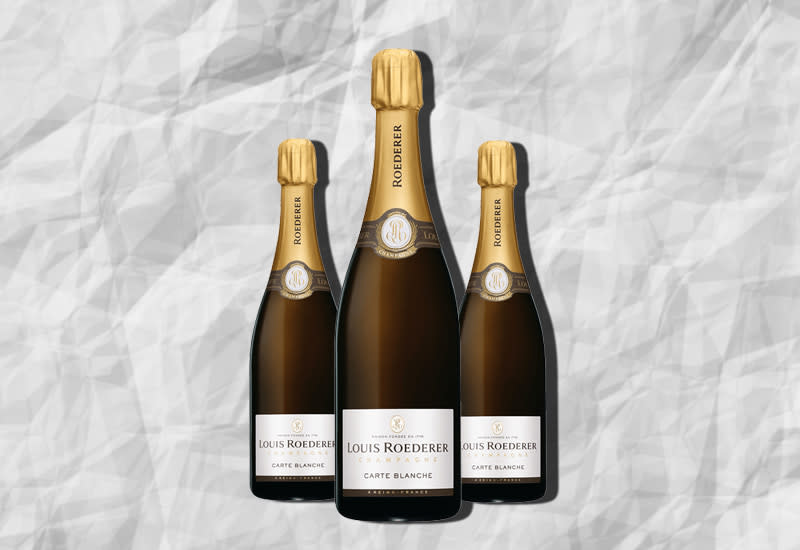
Some popular brands that offer Extra Dry Champagne include Moët & Chandon, Veuve Clicquot, Laurent-Perrier, and Taittinger. These renowned Champagne houses are known for their high-quality and delicious Extra Dry offerings. Moët & Chandon’s Extra Dry Impérial Champagne is a crowd favorite with its bright and fruity flavors. Veuve Clicquot’s Extra Dry Yellow Label Champagne is another well-loved choice, known for its balanced sweetness and elegant aroma. Laurent-Perrier’s Extra Dry Ultra Brut Champagne offers a drier profile with crisp acidity and delicate bubbles. Taittinger’s Extra Dry Prestige Rosé Champagne is perfect for those who enjoy a touch of sweetness coupled with vibrant red fruit flavors. These brands are trusted by Champagne enthusiasts worldwide for their exceptional Extra Dry Champagne options.
Notable Extra Dry Champagne Brands
Some notable Extra Dry Champagne brands include Moët & Chandon, Veuve Clicquot, Laurent-Perrier, and Taittinger. These renowned Champagne houses are known for their exceptional quality and exquisite Extra Dry offerings. Moët & Chandon’s Extra Dry Impérial Champagne is a crowd favorite with its vibrant fruit flavors. Veuve Clicquot’s Extra Dry Yellow Label Champagne is loved for its balance of sweetness and elegance. Laurent-Perrier’s Extra Dry Ultra Brut Champagne offers a drier profile with a crisp acidity. Taittinger’s Extra Dry Prestige Rosé Champagne combines a touch of sweetness with luscious red fruit flavors. These brands are trusted and respected for their superb Extra Dry Champagnes.
Extra Dry Champagne Serving Suggestions
When it comes to serving Extra Dry Champagne, there are several suggestions to enhance your enjoyment. It is traditionally served chilled, ideally between 45-50°F (7-10°C), to maintain its refreshing qualities. Use tall, flute-shaped glasses to showcase the bubbles and preserve the aromas. Consider pairing Extra Dry Champagne with appetizers like smoked salmon, oysters, or sushi. Its subtle sweetness also pairs well with slightly richer dishes such as foie gras, roasted poultry, or creamy desserts. Whether you’re celebrating a special occasion or simply indulging in a delightful evening, serving Extra Dry Champagne adds a touch of elegance to any gathering.
Conclusion

In conclusion, understanding the difference between Brut and Extra Dry Champagne allows individuals to make a more informed choice based on their personal taste preferences and the occasion. While Brut Champagne is known for its dryness and crispness, Extra Dry Champagne offers a touch of sweetness and roundness. Both styles have their unique qualities that can enhance celebratory moments or pair beautifully with various culinary delights. Whether it’s the classic elegance of Brut or the subtle sweetness of Extra Dry, Champagne remains the perfect choice for those special moments worth toasting to.
Comparing Brut And Extra Dry Champagne
When comparing Brut and Extra Dry Champagne, there are several key differences to consider. Brut Champagne is known for its dryness and crisp acidity, with sugar content typically below 12 grams per liter. On the other hand, Extra Dry Champagne offers a slightly higher sweetness level, with sugar content ranging from 12 to 17 grams per liter. This touch of sweetness adds a roundness and smoothness to the wine. When it comes to food pairings, Brut Champagne pairs well with lighter dishes such as oysters and sushi, while Extra Dry Champagne complements richer flavors like foie gras and aged cheeses. Ultimately, the choice between Brut and Extra Dry will depend on personal taste preferences and the desired level of sweetness.
Choosing The Right Champagne Style
Choosing the right Champagne style ultimately comes down to personal preference and the occasion. If you prefer a drier and crisper taste, Brut Champagne is the way to go. It pairs well with lighter dishes and is ideal for celebrations where a more traditional and refined taste is desired.
On the other hand, if you enjoy a touch of sweetness and a rounder flavor profile, Extra Dry Champagne is a great choice. It complements richer flavors and can add a luxurious touch to any gathering.
Consider the flavors you enjoy, the food you plan to serve, and the overall mood of the event to determine whether Brut or Extra Dry Champagne is the perfect fit for you. Cheers to finding the right Champagne style for your celebration!
FAQ About Brut Vs Extra Dry: Contrasting Champagne Styles
Q: What is the main difference between Brut and Extra Dry Champagne?
A: The main difference lies in their sweetness levels. Brut Champagne is drier and contains less sugar compared to Extra Dry Champagne.
Q: Which one is drier, Brut or Extra Dry Champagne?
A: Brut Champagne is drier than Extra Dry Champagne. Despite its name, Extra Dry Champagne is slightly sweeter than Brut.
Q: How do Brut and Extra Dry Champagnes differ in terms of sugar content?
A: Brut Champagne typically contains around 0-12 grams of sugar per liter, while Extra Dry Champagne has a slightly higher sugar content of 12-17 grams per liter.
Q: Which occasions are more suitable for serving Brut Champagne?
A: Brut Champagne is a versatile option that pairs well with various dishes and is often preferred for celebrations, parties, or as an aperitif.
Q: When should one opt for Extra Dry Champagne instead of Brut?
A: Extra Dry Champagne can be a great choice for those who prefer a slightly sweeter taste or for pairing with desserts that are not overly sweet.
Q: Do Brut and Extra Dry Champagnes differ in terms of aging potential?
A: Both Brut and Extra Dry Champagnes can age well, with some varieties benefiting from additional aging to develop more complex flavors and aromas.
Q: How should one decide between Brut and Extra Dry Champagne when making a purchase?
A: It ultimately comes down to personal preference and the specific occasion or meal for which the Champagne is intended. Try both styles to determine which one suits your taste best.
